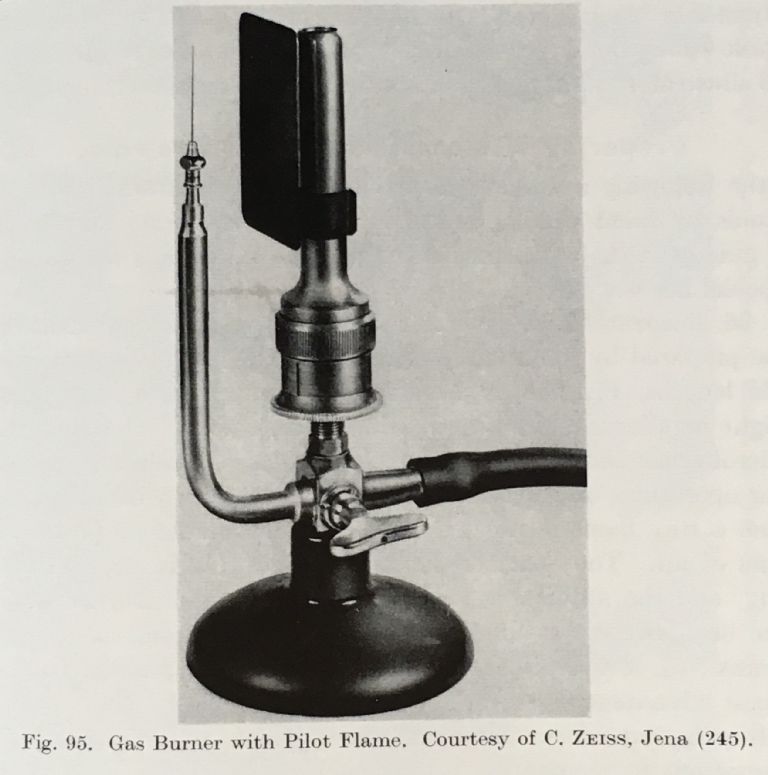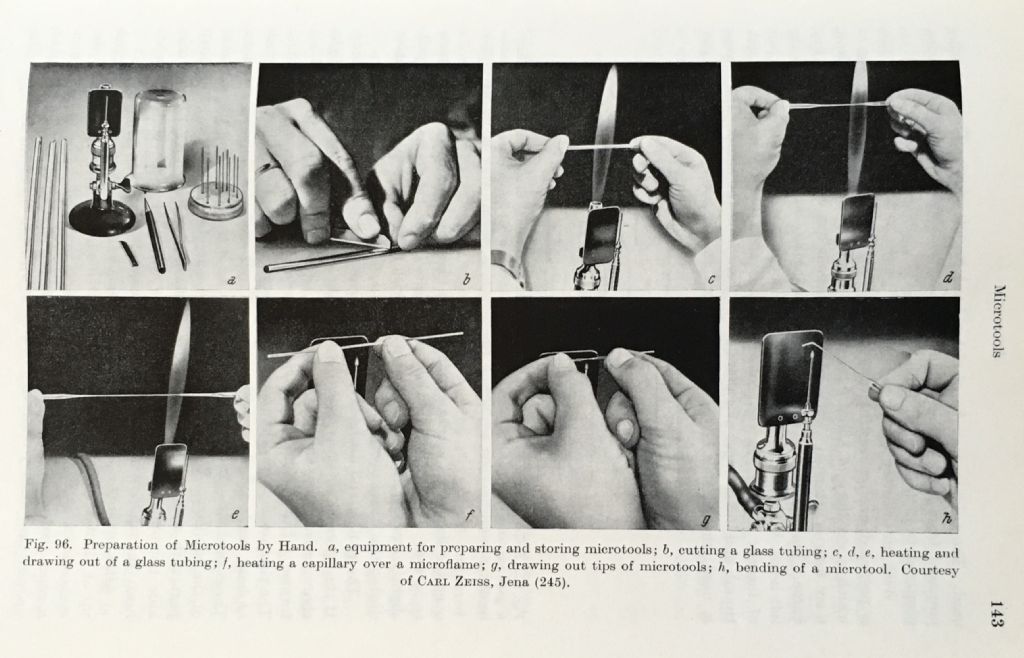As I basically stated in my posts yesterday, this will not work!
A bunsen burner uses a small jet of fast-moving gas within a much larger tube, which sucks in air from an airhole which is then mixed with the gas. The tube is large and there is minimal back-pressure.
A gas burner on a cooker, or a camping stove, works much the same way – except there is no tube as such, but the flame burns externally, not at the jet, after mixing with air., but without an actual 'tube'
If you have a narrow constricting pipe after the 'air hole', the back-pressure is going to be substantial – the gas will leak out, and air will not come in (why on earth should it? – it needs negative relative pressure for that to happen, and we have positive pressure).
So the solution is either:
- A properly scaled version of a bunsen, using a (microscopic?) jet in a much larger but still tiny tube
- Or: is there merit in grinding some sort of shape (double-sided taper or more complicated?) on the tip of the burner tube to mix/swirl some air in?
Note one cannot expect designs etc to scale with size. Drop a mouse off a table and it will run away; drop an elephant off a table and it will probably be fatal.
With this in mind, should the pressure at the jet be increased very substantially and the jet made even smaller within the tube: maybe not relevant, but the pressure inside a soap bubble is in inverse proportion to the bubble radius: small bubbles have high pressure!
 Michael Gilligan.
Michael Gilligan.






